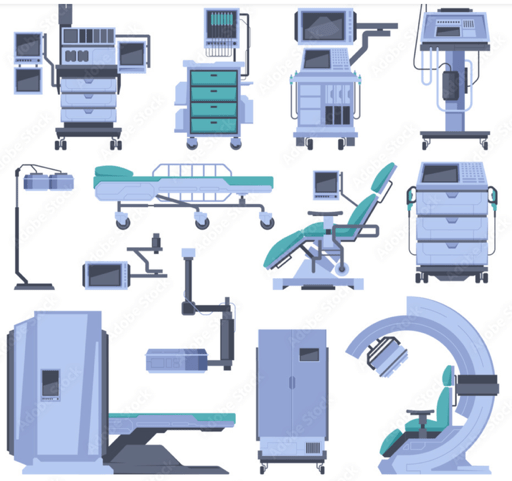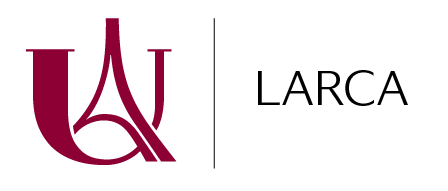Closed institutions – prison-houses, immigration removal centers, as well as hospitals – engineer complex visual systems. Undoubtedly, the hospital, the removal center and the prison have different logics and purposes. Yet, they also have in common, in their own respective fashion, to be alienated from the fabric of the everyday; they are entered through non autonomous ways, and place individuals under sustained forms of monitoring and/or surveillance. Recently, they also have evolved comparable visual practices. Since the 1990s, the workings of these institutions have, crucially, hinged on the massive development of “machine vision” (MRI / CCTV). Yet, within their walls, images produced by visual surveillance or functional investigation machines, also cohabit with vernacular imagery – family pictures, selfies, staff portraits –, or art-projects works, as well as images of an administrative nature, including identity documentation.

© Frogella.stock – Adobe Stock
The “Confined Aesthetics” project aims at exploring the ramified, at times conflicted, logic of the visual regimes produced in such enclosed institutions. If extensive research has been done on the visual regime of carceral spaces, as well as removal centers, little or no research has been carried out in relation to the hospital world, in spite of the enduring presence of the medical imaginary in popular culture, as testifies the lasting trend of medical TV series. More crucially still, no comparative study has been made of the visual cultures these three types of closed institutions produce. Building on analyses of what film director and theorist Harun Farocki defines as “operational images” (images devised for machine reading), but also of the visual economy of carceral spaces, and the long tradition of the prison film and the medical TV series, the “Confined Aesthetics” project aims at understanding how these visual regimes redefine and challenge our relation to, and experience of, our visual world and its proliferating ubiquitous visual sensorium.
Because these institutions have become central to our social and political systems, as well as private imaginaries and carry with them stratified representations of order, control, retribution, as well as destitution, loss and care, one of the aims of the project is also to understand how the visual practices generated by and about these spaces come to articulate complex subjectivities in which private and collective identities are spliced and entangled, and may produce alternative forms of counter-visuality.
Responsable :
Catherine Bernard: Professeure de littérature britannique et d’études visuelles.
Pour l’axe “Arts et cultures visuelles”
Collaborations :
Université d’Oxford, Université Paris Nanterre…
